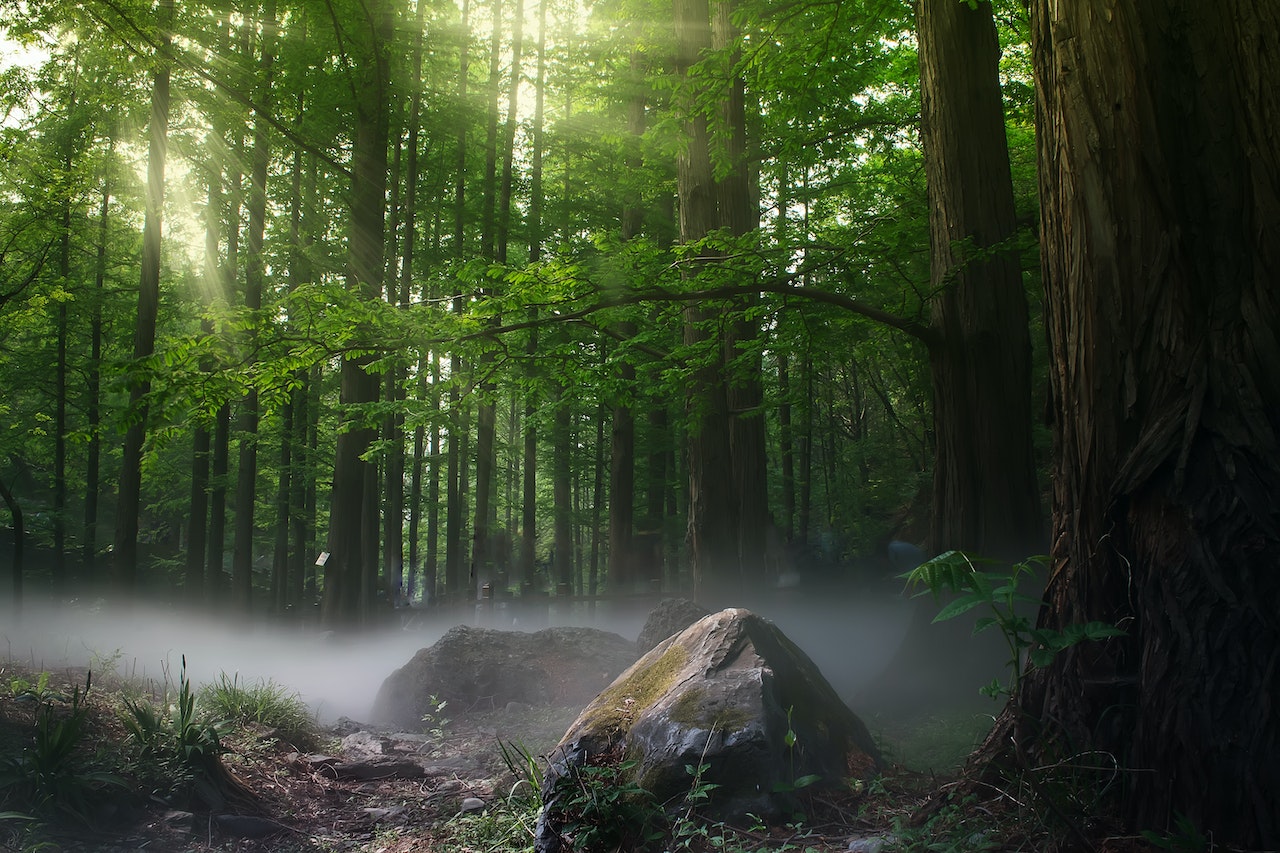This post was originally published on Healthy Forest
In December, the Biden Administration announced its long-awaited policy to conserve old growth forests on lands managed by the federal government. The policy caps a nearly two-year process after Biden signed his Earth Day executive order in 2022, including defining, inventorying and assessing the greatest threats to the nation’s old growth.
The primary threats to old growth are severe wildfires, insect infestations and disease that have already destroyed nearly 700,000 acres of old growth forests on federal lands over the past 20 years. The threat of commercial logging was determined to be negligible.

This threat assessment could have provided fresh momentum for the administration to implement its own 10-year wildfire strategy that calls for a threefold increase in forest health treatments on federally-owned forests. Under the current process, it takes years and hundreds of pages of paperwork for the U.S. Forest Service to develop and implement these treatments, and even longer when the projects are stalled in court.
Instead, the Forest Service was directed to embark on another costly paperwork exercise, this time amending all 128 forest land management plans to “conserve and steward” old-growth forest conditions on national forests and grasslands nationwide. The agency will attempt to amend these disparate plans through a single Environmental Impact Statement in less than a year, or before Biden’s first term is over.
The agency’s “Notice of Intent” is available here, and is open for public comment through February 2, 2024. Comments can be submitted directly to the Forest Service at this link.
According to the Forest Service, the policy is intended to provide “consistent” and “adaptive” direction to all national forests. Though it’s supposed to advance “place-based” strategies to conserve old growth, the policy may impose a top-down approach where some forests will be micromanaged from Washington DC. It prohibits commercial logging of old-growth stands and will subject some forest projects to approval from agency leadership in the capital.
This policy is redundant because the management of old growth has been determined at the local forest level through a public process, and through the careful development of Forest Plans that govern each national forest in the country. Each Forest Plan contains its own direction for conserving old growth. Old trees are seldom harvested for economic reasons, though some plans may allow for regeneration on unhealthy stands to help achieve a more resilient forest.
Under the Northwest Forest Plan, for example, three-quarters of national forest land in Northern California, Oregon and Washington are largely off-limits to routine active forest management, including over 7 million acres of “late successional reserves.” Recovery actions related to the Northern Spotted Owl have also restricted forest management, even though wildfires have scorched hundreds of square miles of the species’ habitat in recent years.
This does not count the millions of acres of designated Wilderness, National Parks, wildlife refuges and other areas that are permanently “protected,” and instead are burning up in wildfire.
Notably, the Forest Service aims to provide an exception for active management in old growth forests to “reduce fuel hazards on National Forest System (NFS) land within the wildland-urban interface to protect a community or infrastructure from wildfire.” Hazardous fuels reduction should be a goal across the NFS, not just within WUIs, as most wildfires initiate in the backcountry. The Forest Service should expand this exception accordingly to include the entire NFS.
Amending 128 Forest Plans only serves as one more distraction for valuable and limited public resources that could otherwise be working now to sustain and develop more old growth forests.
Rather than giving our public lands managers the policy tools and support they need to sustain our forests and all the values they provide, such “paperwork protection” of old growth forests forces public lands managers to focus on more government bureaucracy that does little to address the real risks on the ground.
Source: Healthy Forest





0 Comments